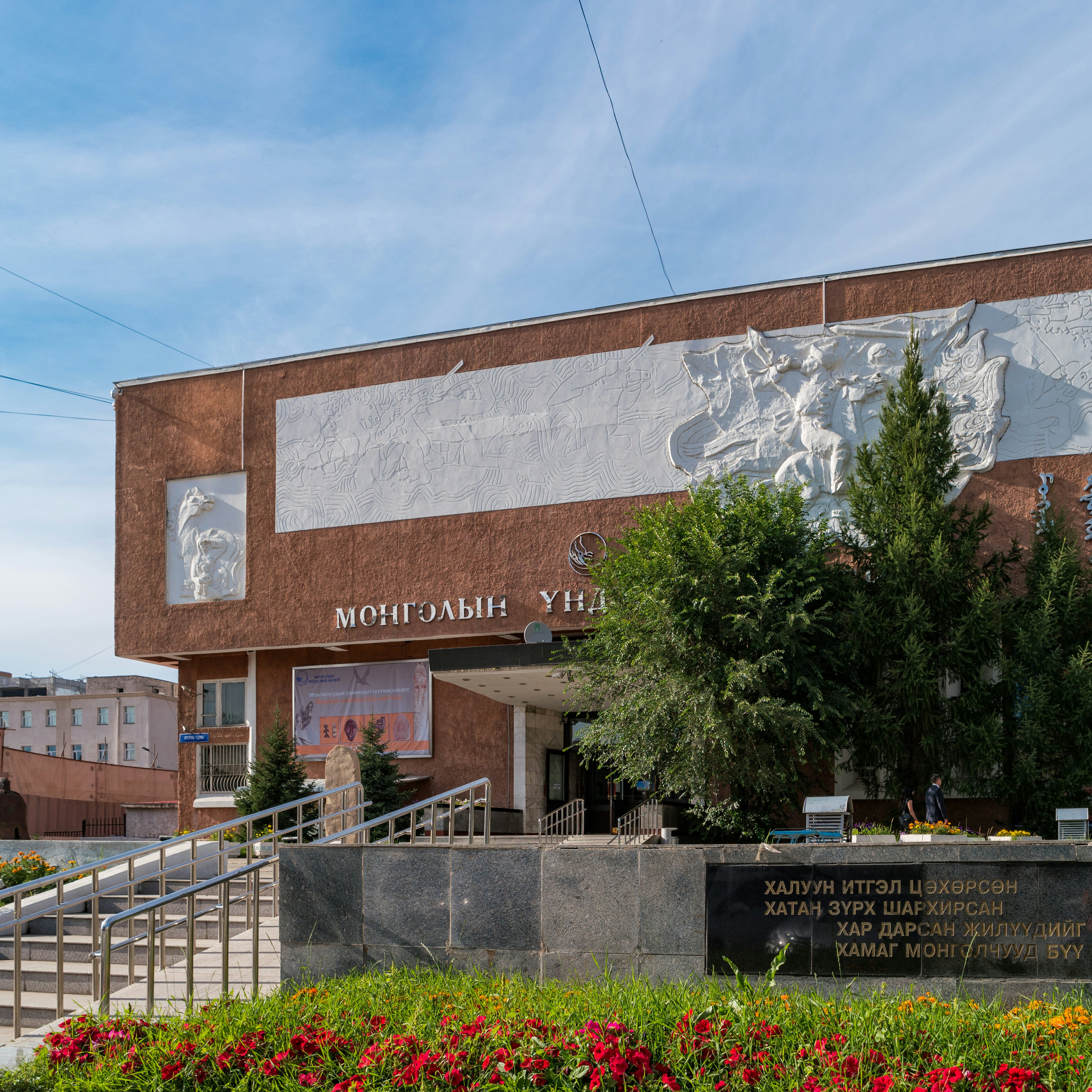

©GML/Getty Images
Overview
Rugged Mongolia is an adventure destination where travelers can experience vast, untouched landscapes and learn about nomadic culture.
Leave the planning to a local expert
Experience the real Mongolia. Let a local expert handle the planning for you.
Must-see attractions
Planning Tools
Expert guidance to help you plan your trip
Best Things to Do
Explore Mongolia’s top things to do, from traditional festivals and ger stays to city sights and Gobi Desert adventures for an unforgettable trip.
Read full article
Best Places to Visit
The staggering expanse of Mongolia can make it difficult to decide where to go first. Start your bucket list with these 12 unmissable places to visit.
Read full article
Best Time to Visit
Whether you're visiting for eagle festivals or tours of the Gobi Desert we can help you decide on the best time for your trip to Mongolia.
Read full article
Things to Know
With planning and booking tips along with info on health, safety and etiquette, here's what first-time visitors should know before traveling to Mongolia.
Read full article
Transportation
Getting around in Mongolia is a proper adventure. Here’s how to go about it.
Read full article
Visa Requirements
Been dreaming of Mongolia's vast unspoiled landscapes? We've got good news – getting a visa is now even easier. Here's everything you need to know.
Read full article
Money and Costs
Some things are expensive in Mongolia, but there are still ways to experience this fascinating country on a budget. Here’s how.
Read full article
Traveling with Kids
Mongolia is a very special place for a family adventure. Explore nomadic lifestyles, see pristine nature, and create unforgettable memories.
Read full article
Best Road Trips
Imagine bouncing over rolling grasslands in a 4WD, with nothing but rolling green steppe extending in every direction. This is road-tripping, Mongolian style!
Read full article
Get a book. Get inspired. Get exploring.
in partnership with getyourguide















